Best Plants For Evergreen Hedges
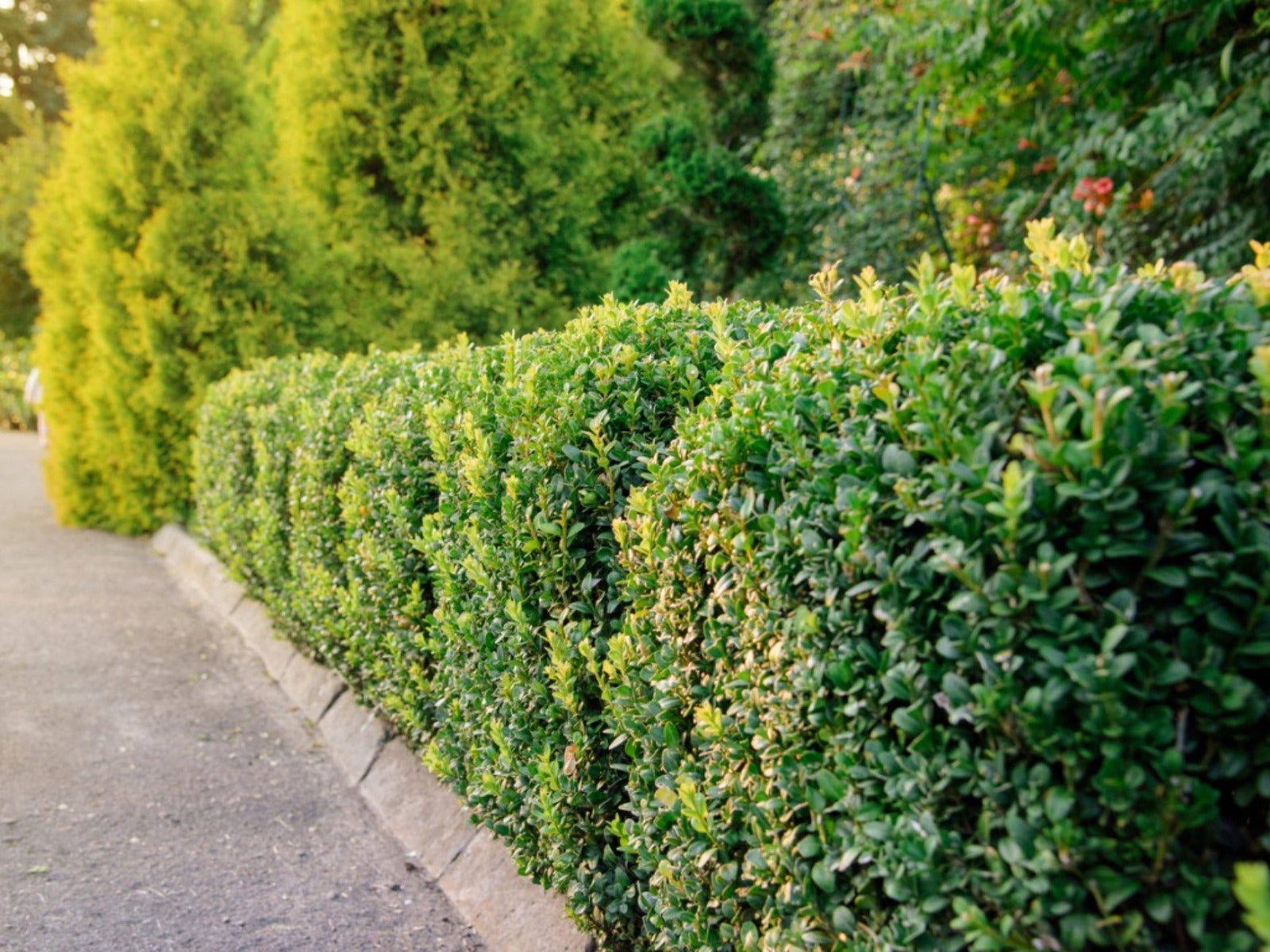
If you’re looking to create an area of privacy in your yard, look no further than an evergreen hedge row. Sure you can use a fence, wall, specialty or designed paneling to screen an area but, installing evergreen hedge shrubs gives it a more natural look that will blend in with the existing landscape. Plus, it’s often a less expensive option. Not sure what evergreen hedge plants to look for? Read on to learn about evergreens for hedges.
About Hedging Evergreens
Despite the name, all evergreens lose some leaves each year. Compared to deciduous plants, though, they still keep enough foliage to provide year round screening. There are essentially two types of evergreen: broadleaved and narrow leaved. Narrow leaved evergreens such as pines and junipers have needle-like foliage which stays on the tree for a couple of years more, while broadleaved types lose older leaves during the winter or early spring.
All evergreens require good soil drainage, but broadleaved varieties need more consistent soil moisture than narrow leaved evergreens. Broadleaved varieties also need more protection from cold, dry winds and winter sun than narrow leaved evergreens.
Screening evergreens should generally mature at about shoulder height with dense foliage and low branching habits. In some areas, a mix of evergreens and deciduous plants make for a more natural looking screen than a simple row of evergreen shrubs or trees.
Considerations before Purchasing Evergreen Hedge Plants
The first thing to consider when planning an evergreen hedge is the location. Consider the mature size of the plants. Broadleaved plants do best when in a protected east or northern exposure with consistent soil moisture, while narrow leaved evergreens are more resilient and less picky about site conditions.
In any case good drainage and loose aerated soil is important. This means that dense, mostly clay soil should be amended with a course of organic material prior to planting.
The amount of maintenance a plant requires should also be considered. If you want a military row of precisely pruned evergreens, then prepare for more maintenance than with a more unruly natural look composed of broadleaved evergreens and deciduous plantings.
Gardening tips, videos, info and more delivered right to your inbox!
Sign up for the Gardening Know How newsletter today and receive a free copy of our e-book "How to Grow Delicious Tomatoes".
Types of Evergreen Hedge Plants and Shrubs
The most common evergreen hedge plant is boxwood. Deer tolerant, it is a favorite in formal gardens. Hardy to USDA zone 5, boxwood does best when in a sheltered location in either sun or shade.
One of the more common upright narrow leaved evergreens suited for screening is the arborvitae. Arborvitae work well in narrow spaces and grow best in full sun. Another evergreen suited for narrow spaces is the columnar Japanese plum yew. This evergreen will thrive in sun or shade and is fairly deer resistant.
Another upright with dark green, glossy leaves is cleyera (Temstroemia gymnathera). Extremely adaptable, cleyera is both drought tolerant and deer resistant.
Other evergreen trees suitable for screening include white fir, Japanese Cryptomeria, Leland cypress, many varieties of holly, Chinese and Rocky Mountain juniper, Eastern red cedar, Sweet Bay or Southern magnolia, Eastern white pine, Cherry laurel, and Canadian or Carolina hemlock.
Flowering Evergreen Plants for Hedges
Add in some color with flowering hedge plants such as California lilac (Ceanothus), hedge germander, ‘Firethorn’ Pyracantha coccinea and Pittosporum tobira. Azalea, rhododendron, camellia, gardenia, pieris, daphne will also brighten up a hedged area.
Variegated shrubs such as Japanese pittosporum and wintercreeper also add a pop of color and look especially nice when combined with other broadleaf and narrow leaf evergreens.

Amy Grant has been gardening for 30 years and writing for 15. A professional chef and caterer, Amy's area of expertise is culinary gardening.
-
 12 Lush Alternatives To A Lawn For Sustainable Spaces
12 Lush Alternatives To A Lawn For Sustainable SpacesAlternatives to a lawn are beautiful and also beneficial to your local ecosystem and its pollinators. Explore our top picks for plants to replace grass.
By Tonya Barnett
-
 Types Of Tomatoes Explained: Explore The Many Wonderful Shapes, Colors, Flavors, & Best Uses
Types Of Tomatoes Explained: Explore The Many Wonderful Shapes, Colors, Flavors, & Best UsesThe world of tomato varieties is vast and fascinating. Learn about the key types to grow in your garden, tailored to your preferences and space.
By Amy Grant
-
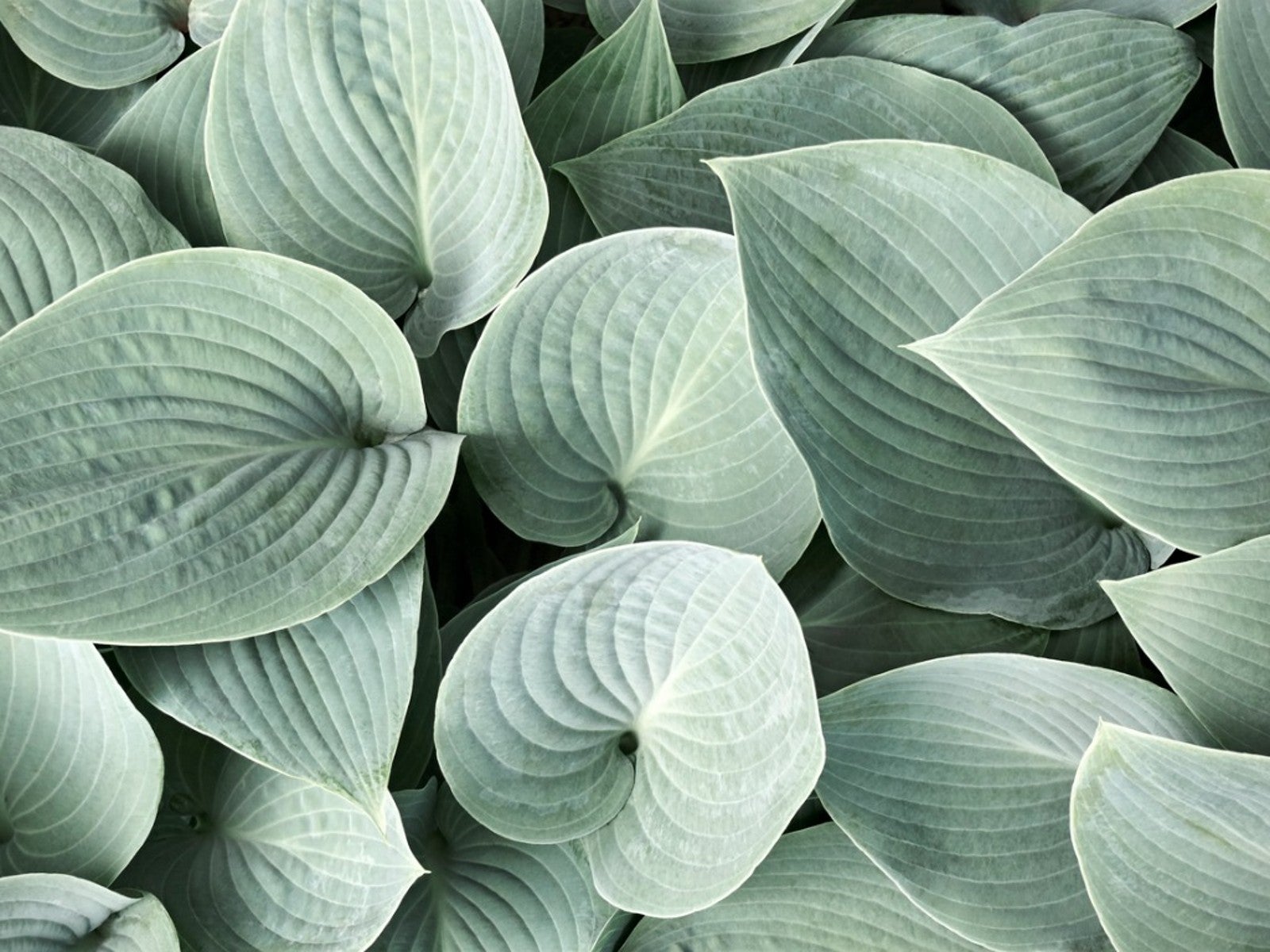 Creating A Pastel Plant Aesthetic With Light Colored Foliage
Creating A Pastel Plant Aesthetic With Light Colored FoliageClick here for ideas on plants with pastel colored foliage.
By Susan Albert
-
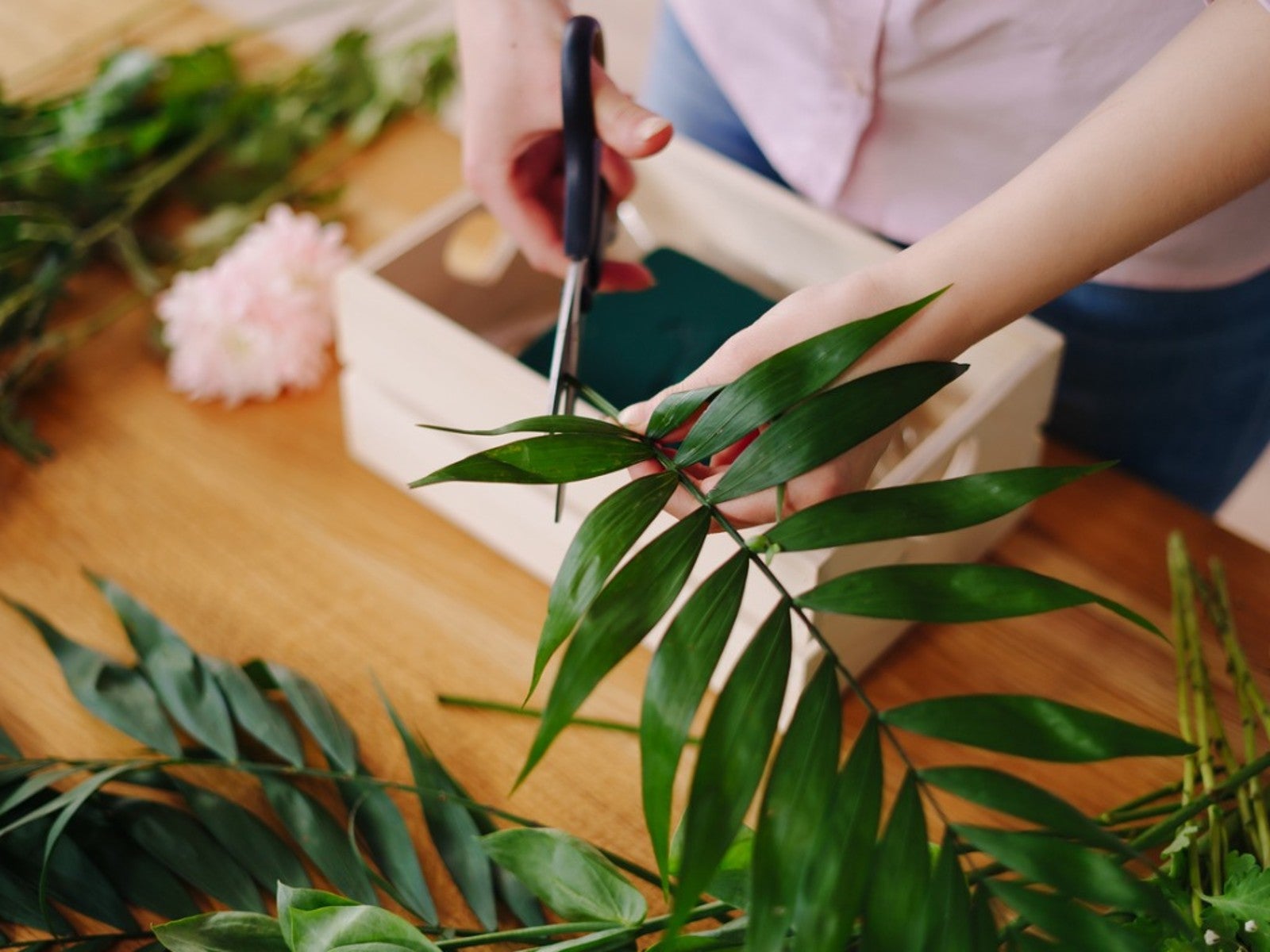 Dark Green Foliage For Flower Arrangements
Dark Green Foliage For Flower ArrangementsThe creation of your own fresh flower arrangement is a fun and exciting garden project. Click here to learn about common foliage options for flower arrangements.
By Tonya Barnett
-
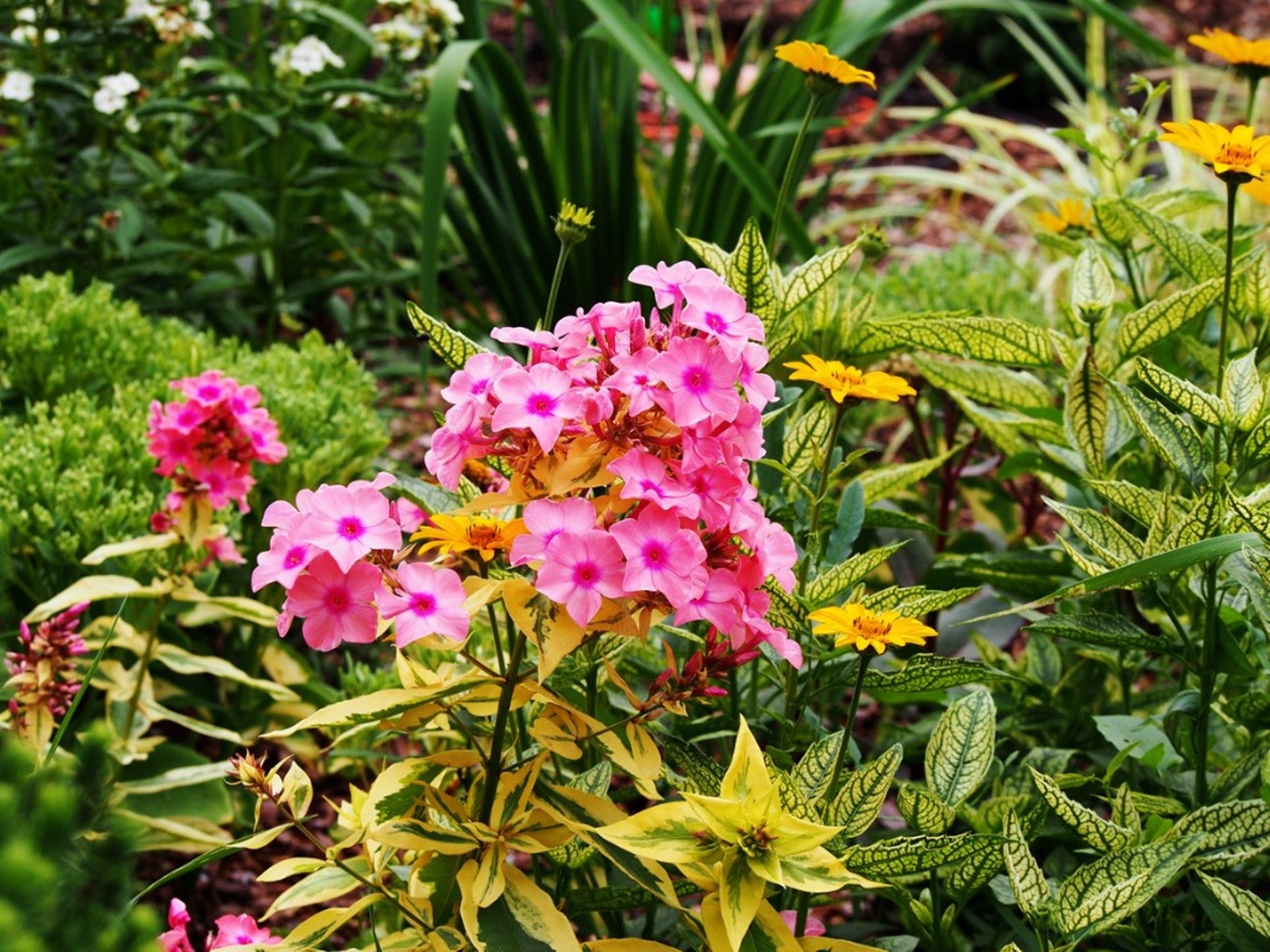 Fabulous Flowering Plants With Variegated Leaves
Fabulous Flowering Plants With Variegated LeavesGardeners often choose variegated leaves when they don't have flowers. But why not have both? These variegated flowering plants do.
By Mary Ellen Ellis
-
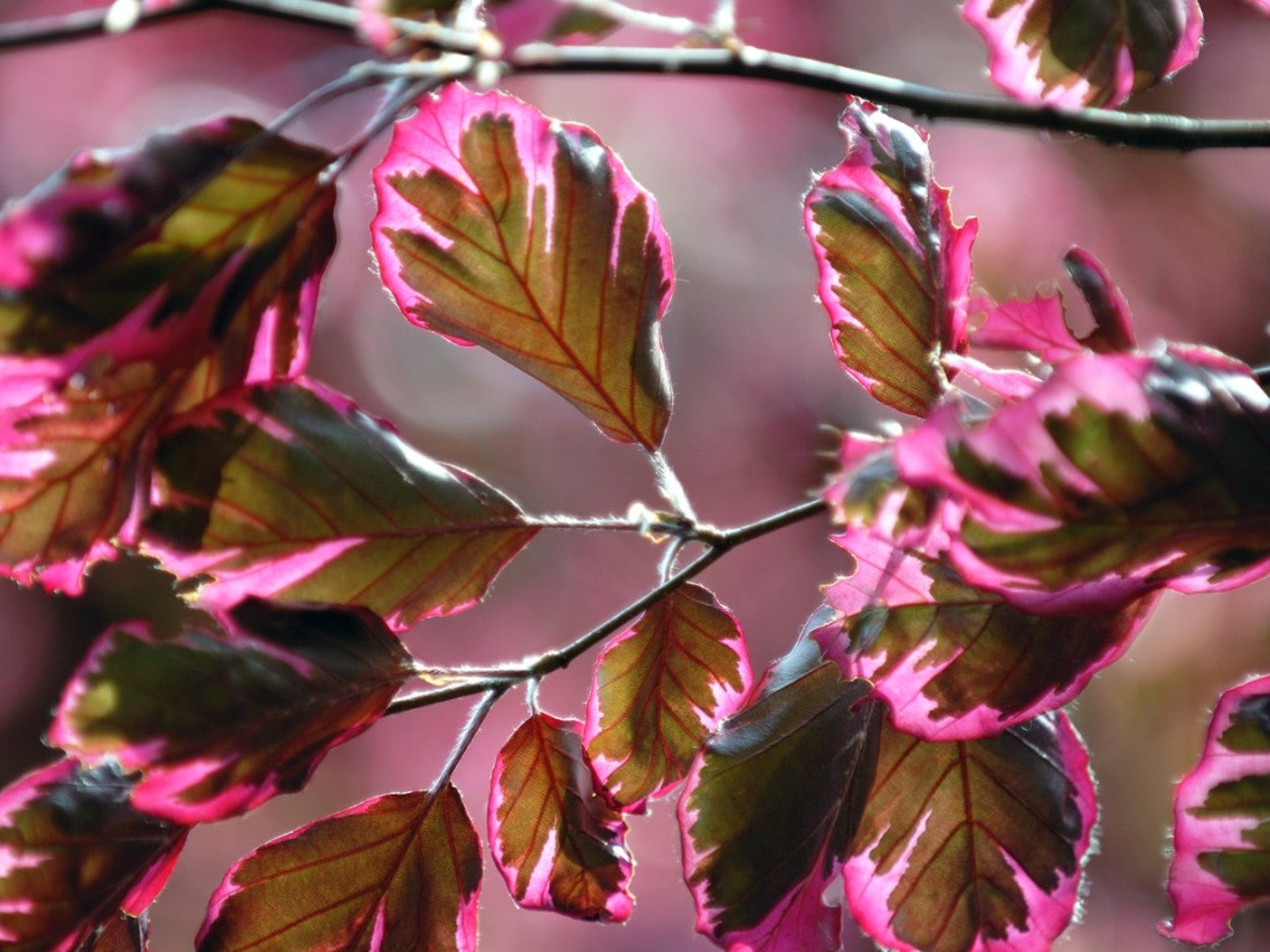 5 Unique Pink Plants - Outdoor Plants With Pink Foliage For The Garden
5 Unique Pink Plants - Outdoor Plants With Pink Foliage For The GardenPink foliage plants are truly unique. They add unexpected, eye-catching color to landscaping and beds. If you’re looking for a plant that has princess-pink leaves, green with pink variegation, or deep rose hues, these five examples will do the trick.
By Mary Ellen Ellis
-
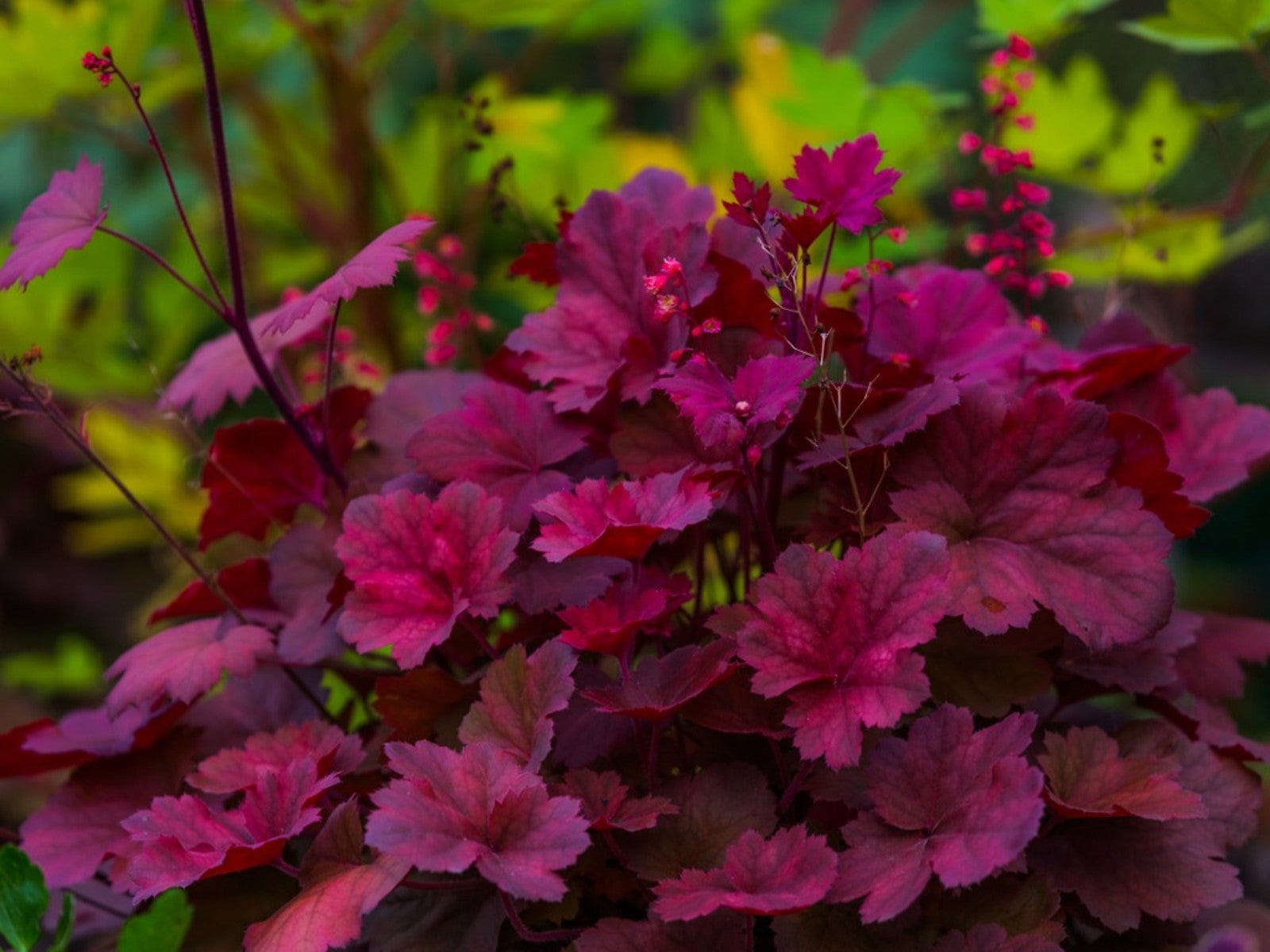 Add A Pop Of Red To Your Garden Bed - 5 Plants With Fabulous Red Foliage
Add A Pop Of Red To Your Garden Bed - 5 Plants With Fabulous Red FoliageThere are plenty of red foliage perennials and shrubs to use as accents or primary pops of color in the garden. Read on for our top 5.
By Amy Grant
-
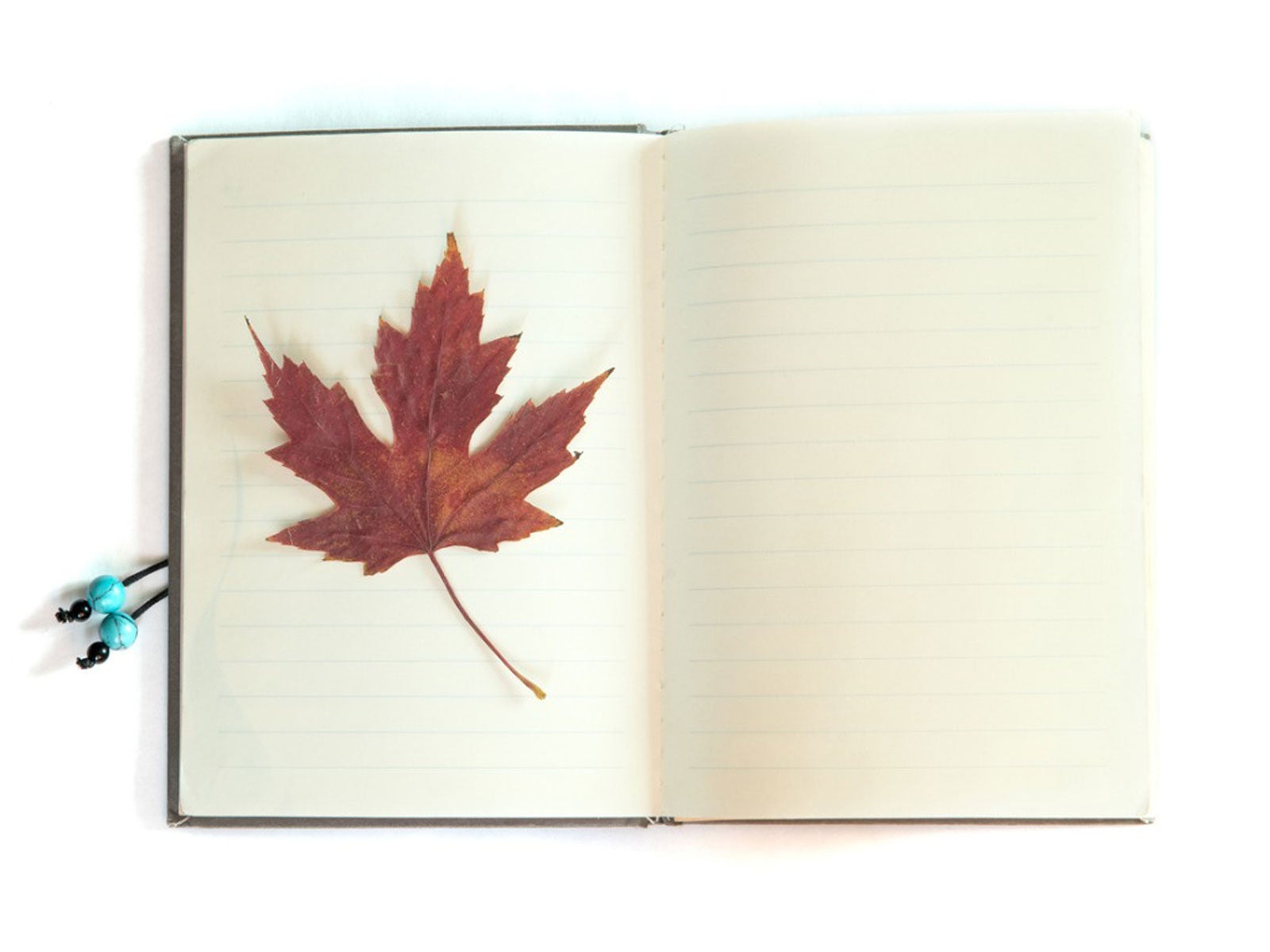 Can You Press Fall Leaves: Methods For Pressing Autumn Leaves
Can You Press Fall Leaves: Methods For Pressing Autumn LeavesPreserving leaves is an old pastime and art. Pressing flowers is more common, but to create spectacular fall displays, try leaves. Get started here.
By Mary Ellen Ellis
-
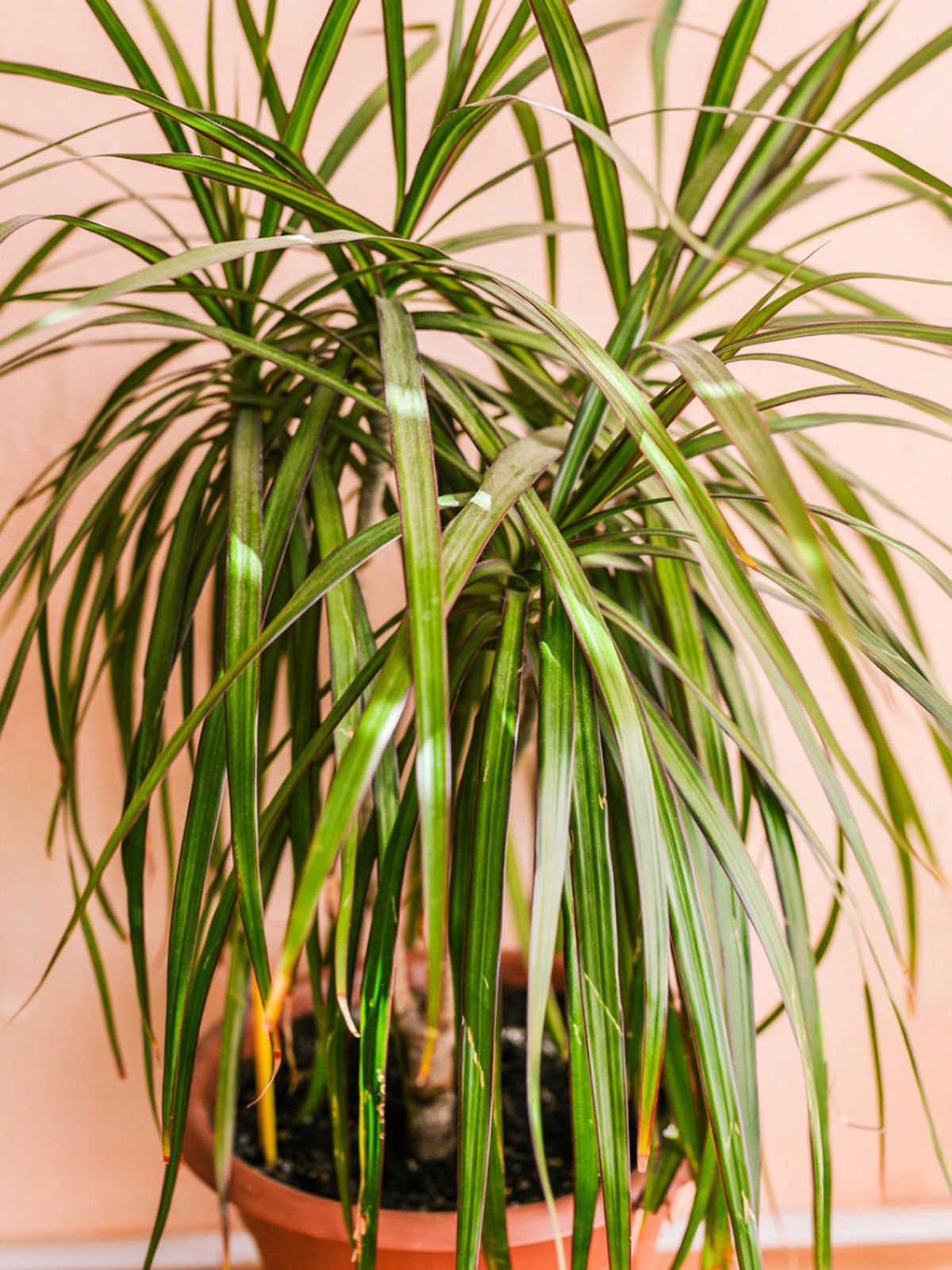 What Leaves Are Narrow: Learn About Plants With Long, Thin Leaves
What Leaves Are Narrow: Learn About Plants With Long, Thin LeavesIf you’ve ever wondered why some plants have thick, fat leaves and some have leaves that are long and thin, you’re not alone. Scientists have asked these very same questions. So what plant leaves are narrow and what purpose do skinny leaves on plants have? Find out here.
By Amy Grant
-
 Common Red Leafed Plants: Growing Plants With Red Foliage
Common Red Leafed Plants: Growing Plants With Red FoliageAre you looking to add an intensity and pop of color to your garden? Look no further than plants with red foliage. Coming in a variety of shapes and sizes, you’ll have plenty to choose from. For ideas on red foliage plants to test out in your garden plans, click here.
By Bonnie L. Grant